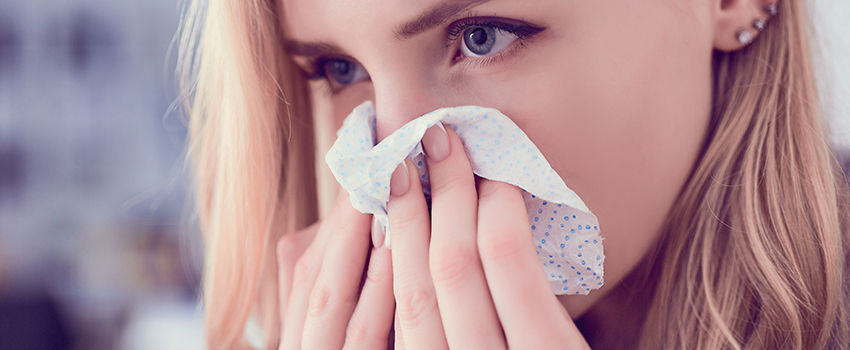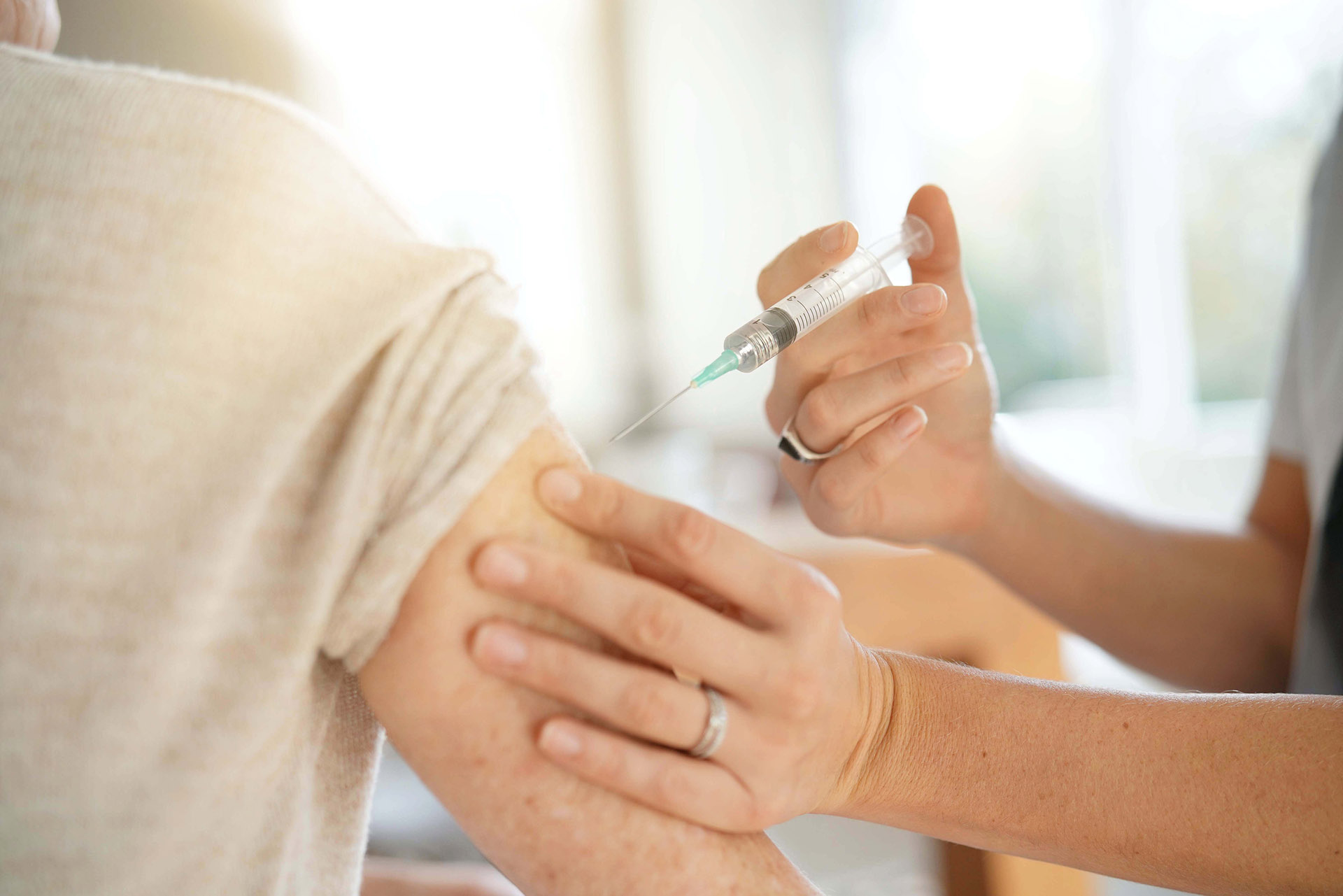
Can Tanning Beds Help Treat Psoriasis Safely?
The days are lengthening and getting warmer… and Spring is in the air! It’s time to plan for the visits of friends and family and show the history buffs some historical sites, so don’t forget to include the Farragut History Walk. If you suffer from psoriasis, you may be looking forward to the positive effects the extra sunshine that comes with longer days has on your skin. You have even considered going to a tanning salon to feel the benefits all year long, but before you do, it would be good to do some research.
Understanding Psoriasis
Psoriasis is a chronic autoimmune condition affecting millions worldwide and presents a complex challenge for those navigating its symptoms. The most prevalent form of the condition is plaque psoriasis. It manifests as red patches of skin covered by thick white or silvery scale-like layers. Typically, skin cells are replenished every 28 days, however in plaque psoriasis, they are replaced every 4 days. This is what causes the buildup of thick scales. The disease brings discomfort and a heightened risk of systemic inflammation-related conditions like Type 2 diabetes and heart disease.
Risk factors for psoriasis:
- Genetics
- Smoking
- Obesity
- Alcohol use
- Stress
Certain medications and infections have been suggested to trigger the onset of psoriasis.
There are many treatments for psoriasis, including topical ointments and creams, oral pills, injectable medications, infusions, and ultraviolet light therapy which sunlight can provide to a degree.
Factoring the chronic state of the illness and the pain it can cause, it is no wonder that those afflicted with psoriasis often explore treatment options to find what will work for them. Among the options, phototherapy is often sought for its ability to reduce both scaling and inflammation through the power of light. But not all light is created equal.
The Temptation of Tanning Beds
In the quest for relief, some individuals with psoriasis are enticed to try tanning beds. They may reason that their symptoms are alleviated to a degree by the increased exposure to ultraviolet light that summer brings, so surely tanning beds can help even more year-round. Yet, beneath the allure of pain relief, and a temporary tan, lies a web of potential health hazards.
Sunlight is composed of ultraviolet light (UV), a form of radiation, and is primarily composed of light on the ‘A’ spectrum (UVA). UVA light has a longer wavelength and is associated with skin aging. Brief exposure to UVA light can help treat psoriasis but it also penetrates your skin more deeply and is the spectrum most associated with skin cancers. Light on the ’B’ spectrum (UVB) accounts for just 5% of natural sunlight. UVB light has a shorter wavelength and is associated with skin burning. It is the UVB spectrum that is most used by doctors in treating plaque psoriasis as it slows the growth of affected skin cells, however, in these treatments, exposure is limited to noticeably short periods. Tanning beds emit a blend of UVA and UVB light, mirroring the ultraviolet composition of natural sunlight. While UVA and UVB rays affect the skin in different ways, they both harm. Unprotected exposure to UVA and UVB damages the DNA in skin cells producing genetic defects and mutations.
What Are the Dangers of Using Tanning Beds?
The perils of tanning bed use extend beyond skin-deep concerns. Studies reveal a stark correlation between indoor tanning and increased risk of skin cancers.
Risks associated with Tanning Bed Use
- Indoor tanning can increase your risk of developing the two most common types of skin cancer, squamous cell carcinoma by 58% and basal cell carcinoma by 24%.
- Using tanning beds before age 20 can increase your chances of developing melanoma by 47% with the risk increasing after each additional use according to the American Academy of Dermatologists. Women under 30 years old who tan indoors are six times more likely to develop melanoma.
- Tanning, inside or outside, ages your skin more quickly as wrinkles, age spots, stretch marks become more visible, and loss of skin firmness can appear prematurely.
- Eye damage including cataracts, ocular melanoma, and photokeratitis (snow blindness).
- Immune suppression
- Tanning can cause skin to become leathery- an issue those who do not tan do not have.
- Tanning bed injuries send many people per year to the emergency room with burns, loss of consciousness, and eye injuries.
- Psoriasis can flare worse after a tanning burn.
- Becoming addicted to tanning
The World Health Organization International Agency for Research on Cancer has placed tanning beds in the same category of cancer-causing agents as cigarettes and plutonium. The U.S. FDA, acknowledging these risks, reclassified tanning bed bulbs as moderate risk, echoing dermatologists’ warnings against UVA exposure and cautioning against the potential amplification of risks through prolonged exposure and concomitant use of tanning creams.
Safer Alternatives to Tanning
Phototherapy as a treatment for psoriasis can take several forms:
Artificial UVA (PUVA)
This treatment, also known as photochemotherapy, is used in more severe cases. This treatment relies on the use of psoralens which are light-sensitizing agents that can be topical, mixed in bath water, or given orally. Patients must carefully monitor sunlight exposure and limit it according to their doctors’ orders.
Artificial UVB Light
Phototherapy
Doctors often combine light therapy with topical treatments in cases of mild to moderate psoriasis. It can be administered through small hand-held light units or full-body units that emit only UVB light.
Narrow Band Therapy
This may work better than phototherapy and takes fewer visits, though it may cause more severe and longer-lasting burns.
Excimer Laser
This is used for mild to moderate localized psoriasis plaques and helps control scaling and inflammation. The high-intensity beam is highly effective for the treatment of the scalp.
Those with psoriasis would be wise to seek safer alternatives than tanning beds. Controlled exposure to natural sunlight, combined with established treatments like topical creams, medications, and phototherapy, offers a safer path to relief. Moreover, prioritizing overall health through lifestyle modifications and adherence to medical guidance from your doctor remains key in managing this chronic condition effectively.
While we don’t treat psoriasis, we can evaluate and treat minor dermatological issues that may arise as spring begins. Visit AFC Urgent Care Farragut 7 days a week with no appointment necessary.


